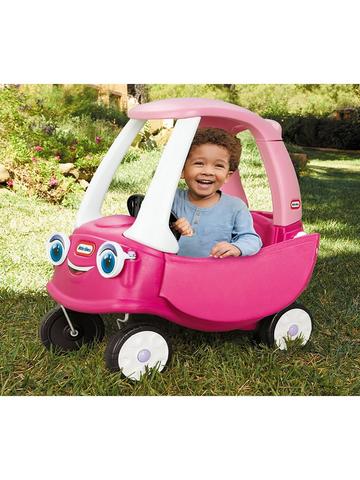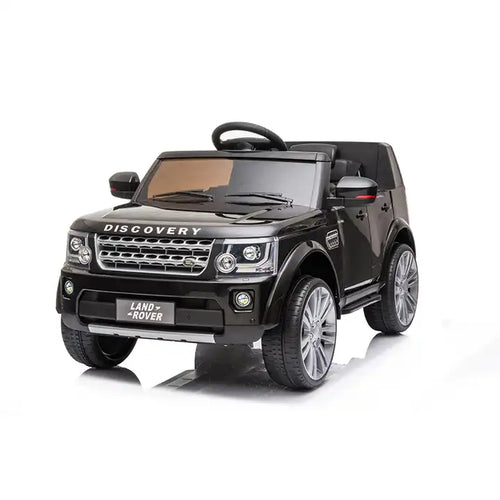Great Facts On Deciding On Remote Control Childrens Cars
Great Facts On Deciding On Remote Control Childrens Cars
Blog Article
What Should You Be Looking Out For When Choosing A Ride-On Car For Your Older Children?
To ensure the safety, security and enjoyment of your child's ride-on car take into consideration their height, age and developmental stage. Here are a few things to consider:
These cars are made specifically for toddlers. They feature a simple and stable design, simple controls, and include features like buttons as well as steering wheels or levers. Ride-on vehicles with an extended base provide stability and decrease the chance of them falling off.
Older Children (3or more years old) As children get older, they are able to handle more advanced ride-on cars that have more features and controls. Think about cars with seats that can be adjusted and weight capacities that are higher and more interactive features such as working lights, sounds, and music. Consider ride-on vehicles that have the ability to adjust speeds or parental controls for different skill levels.
Size
Height and weight Consider your child's height and weight into consideration when choosing a ride-on vehicle. Pick a car that has an appropriate seat for your child's height and weight. Avoid buying cars that are too large or small, as they could be unsafe or uncomfortable to ride.
Comfort and legroom Make sure that your child has enough space to sit comfortably in the car. The dimensions of the seating space should be suitable for the size and height of your child.
The Developmental Stage
Motor Skills - Take into consideration your child's motor and coordination abilities when choosing a ride-on car. Children older than them may be able to use more advanced controls and interactive elements however, younger toddlers may need simpler controls.
Confidence and Independence The use of ride-on cars can develop confidence and independence in children, as they develop the ability to control and navigate their own car. Select a car that will allow your child to master the ability to steer, accelerate, and brake on their own. This will help build their confidence and motor skills as they progress.
When choosing a ride-on vehicle take into account your child's preferences and interests. Select a car that has themes or colors that are appealing to your child's interests whether it's a classic car, a sports car, trucks, or a themed character vehicle.
If you think about your child's age, size, and their developmental stage, then you can choose a vehicle that is fun, comfortable, and safe. Your child will be able to have endless hours of enjoyment as they explore. Read the best Audi kids car for blog tips including race car toy, childrens ride on, toy car toy car, childrens ride on, electric toy car, kiddies cars, race car toy car, electric two seater cars, toy in car, toy with car and more. . 
What Is The Difference Between Electric Ride-On Vehicles And Their Equivalents?
Children can enjoy a thrilling and safe ride on electric ride-on vehicles that have various speed and control options. These features are intended for safety and enjoyment.
Different children have different levels of skill and confidence when it comes to driving in ride-on vehicles. By offering different speed settings, parents can adjust the car's maximum speed in accordance with their child's capabilities, reducing the risk of collisions or accidents.
Children who are just beginning to learn are better off using the lower speed setting and older kids or those who have more experience will be capable of using the higher speeds.
Gradual Learning Curve -
The electric ride-on car with the ability to adjust its speed allows youngsters to build their driving abilities gradually. Beginning drivers can get comfortable with controls and gain confidence by beginning at slower speeds.
When a child's driving skills improve and speed increases, parents can increase the speed slowly. This gives them an impression of progress and satisfaction.
Parents Control -
Certain electric vehicles come with parental control, which allows parents to limit vehicle speeds from a distance. Parents will feel secure with this feature, as they can alter or intervene at any time to ensure the safety of their child.
Options for parental control could include remote speed limiters, emergency stop buttons, or remote steering capabilities according to the model.
The ability to adapt
As children grow their abilities and interests might change. Electric ride-on vehicles with multiple speed settings offer flexibility and adaptability to accommodate the changes in their needs over time.
As they increase their confidence and abilities, children can move up to higher speeds for an exciting and demanding experience. Parents can also dial back the speed for younger siblings or friends who might not be as experienced.
Customization
Multi-speed settings let you customize the experience of riding based on personal preferences. Children can choose the speed setting that best suits their comfort level and preferred degree of excitement.
Certain electric ride-on vehicles could also have other control options for example variable acceleration or braking sensitivity that allow for fine-tuning the driving experience in order to satisfy particular needs.
Overall, electric ride-on vehicles with a variety of control and speed options provide an enjoyable, safe, and customizable experience for children. It is the same regardless of age, abilities, or preferences. These features are designed to promote excitement, confidence, as well as growth in skill while parents still supervise their children and intervene if necessary. Take a look at the most popular JCB ride on toys for site examples including two seater childrens electric cars, remote control childrens electric cars, riding digger, toy ride, toy toy cars, toy car toy car, lambo toy car, childrens electric cars, a toy car, remote control childrens car and more. . 
What Types Of Childrens Remote Controlled Cars Are On The Market? What Are Their Advantages And Disadvantages?
Remote-controlled cars for children, also known as RC cars, are available in a variety of designs, sizes and prices to meet different budgets and needs. This article will provide a summary of the pros, cons, and the sizes of remote-controlled children's cars.
Electric RC Cars – Remote-controlled vehicles powered by batteries that can be used indoors as well as outdoors. The cars are available in various styles, such as trucks or buggies.
Nitro RC Cars - Gas-powered remote-controlled cars that have more speed and performance, but require more maintenance and knowledge to run. They tend to be larger and more expensive than electric RC cars.
Scale Models (Remote-controlled replicas) They are miniatures of real-life vehicles like airplanes, trucks or automobiles. Scale Models are offered in a range of sizes which range from 1-10 all the way to 1-24. The larger scales offer more detail and realistic appearance.
Sizes -
Children's remote-controlled cars are available in various dimensions. They range from micro-sized replicas to large-scale models. The dimensions of the vehicle will affect its performance, speed and handling qualities.
Micro-sized cars are compact and lightweight, making them suitable for indoor use and for children who are younger. The larger cars offer more performance and endurance, making them suitable for off-roading and racing.
Prices
The prices of remote control cars for children vary based on various factors, including dimensions, features, brands and the quality of construction.
The micro-sized electric and nitro-powered RRC cars are available in sizes that range from $20 to $100.
Model cars of scale and high-end hobby RCs cost between several hundred to over 1,000 dollars, based on how detailed and strong they are.
The pros and cons of -
Pros -
Entertainment - Children's remote control cars can provide hours of excitement and enjoyment for children and adults alike.
Skill Development Utilizing an RC vehicle aids in the development of hand-eye coordination, spatial awareness and problem solving skills.
Social Interaction - RC vehicles can be enjoyed with family and friends, and encourage interactions and socialization.
Customization - A lot of RC automobiles can be modified with aftermarket parts, upgrades, and other accessories to improve performance and appearance.
Cons
Cost - A remote-controlled vehicle for children that has advanced features or hobby grade models can be expensive.
Learning Curve: Operating a RC vehicle requires practice and skill. Children who are younger may find it difficult to control the controls.
Maintenance - Vehicles with RC engines require regular maintenance. This includes cleaning, lubrication and cleaning as also periodic repairs and replacement of parts.
Safety Concerns - RC cars can pose dangers to safety, such as accidents, falls, and electrical hazards, if operated with caution and under the supervision of an adult. supervision.
In general, remote-controlled children's vehicles are an exciting and educational experience for all kids. However, when choosing the model that's right for your child it is important to be aware of factors such as cost, size, features and safety. These RCs are suitable for teenagers and older children, and simpler models can be a good fit for youngsters and children who are just beginning to learn. Check out the recommended Mercedes ride on car kidscars.co.uk recommendations for blog examples including toy car for car, cars pedal car, electric car ride, car toy toy, toy ride, toy cars, childrens electric ride on, electric ride on, car on ride, electric two seater cars and more. .